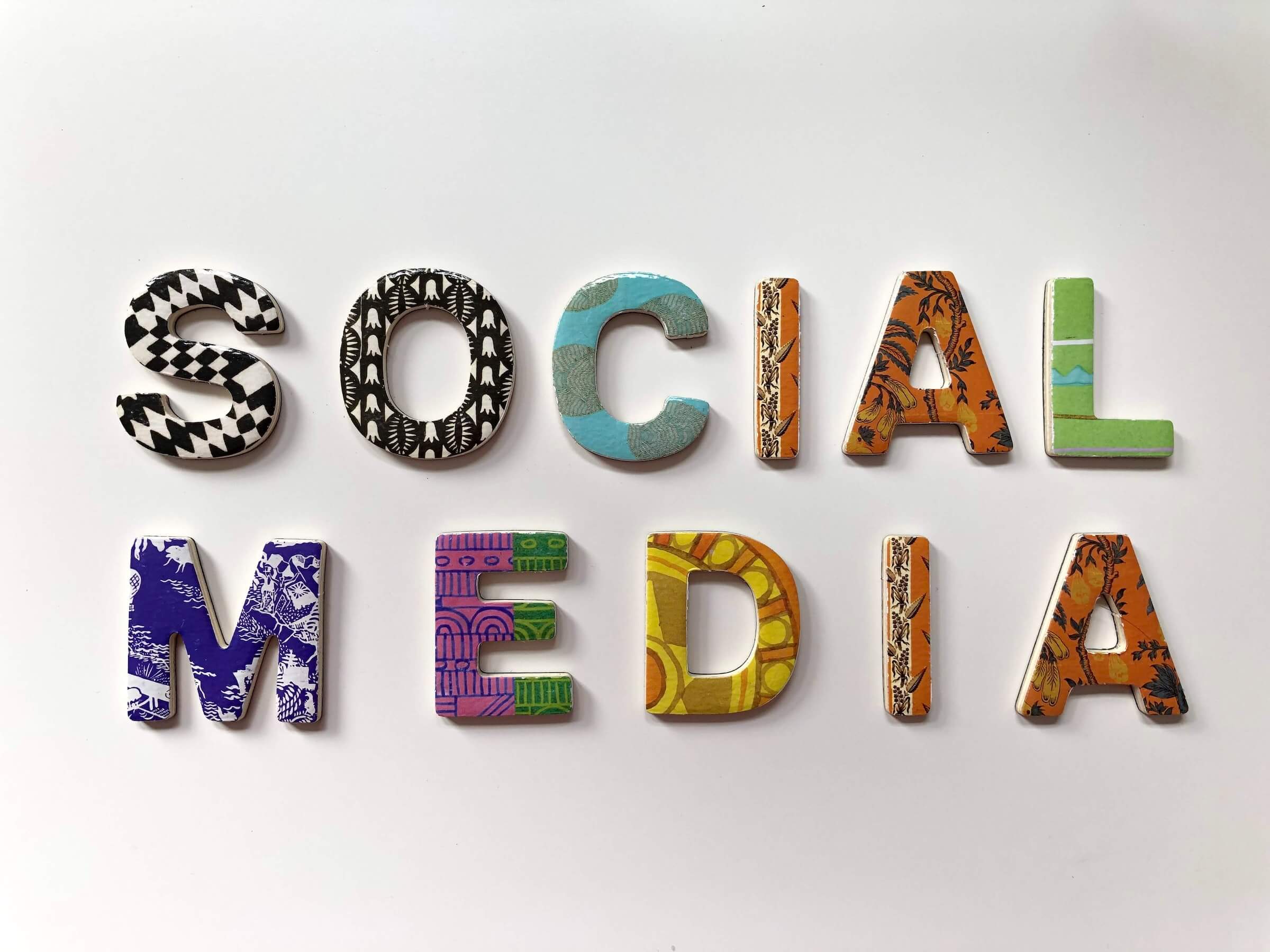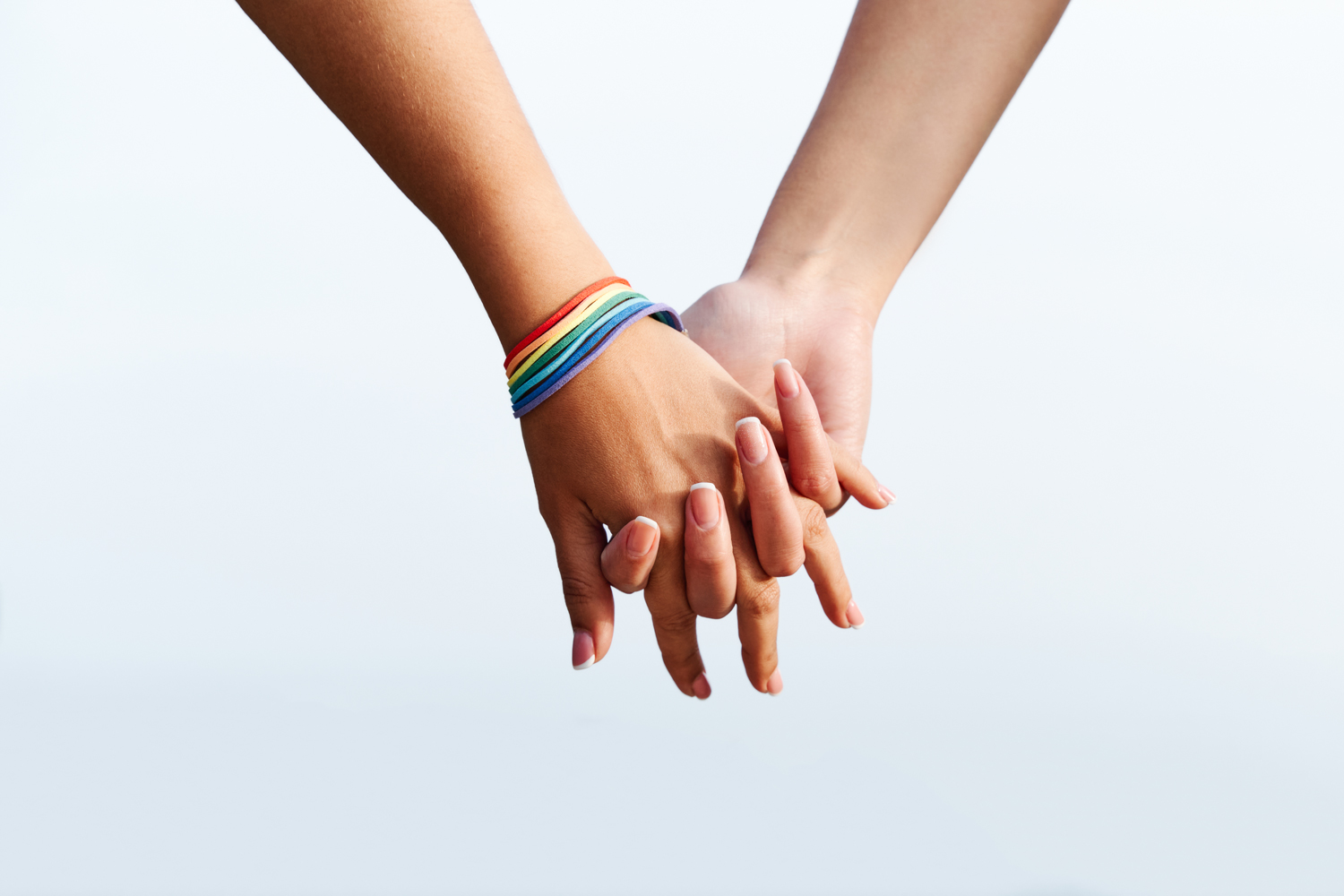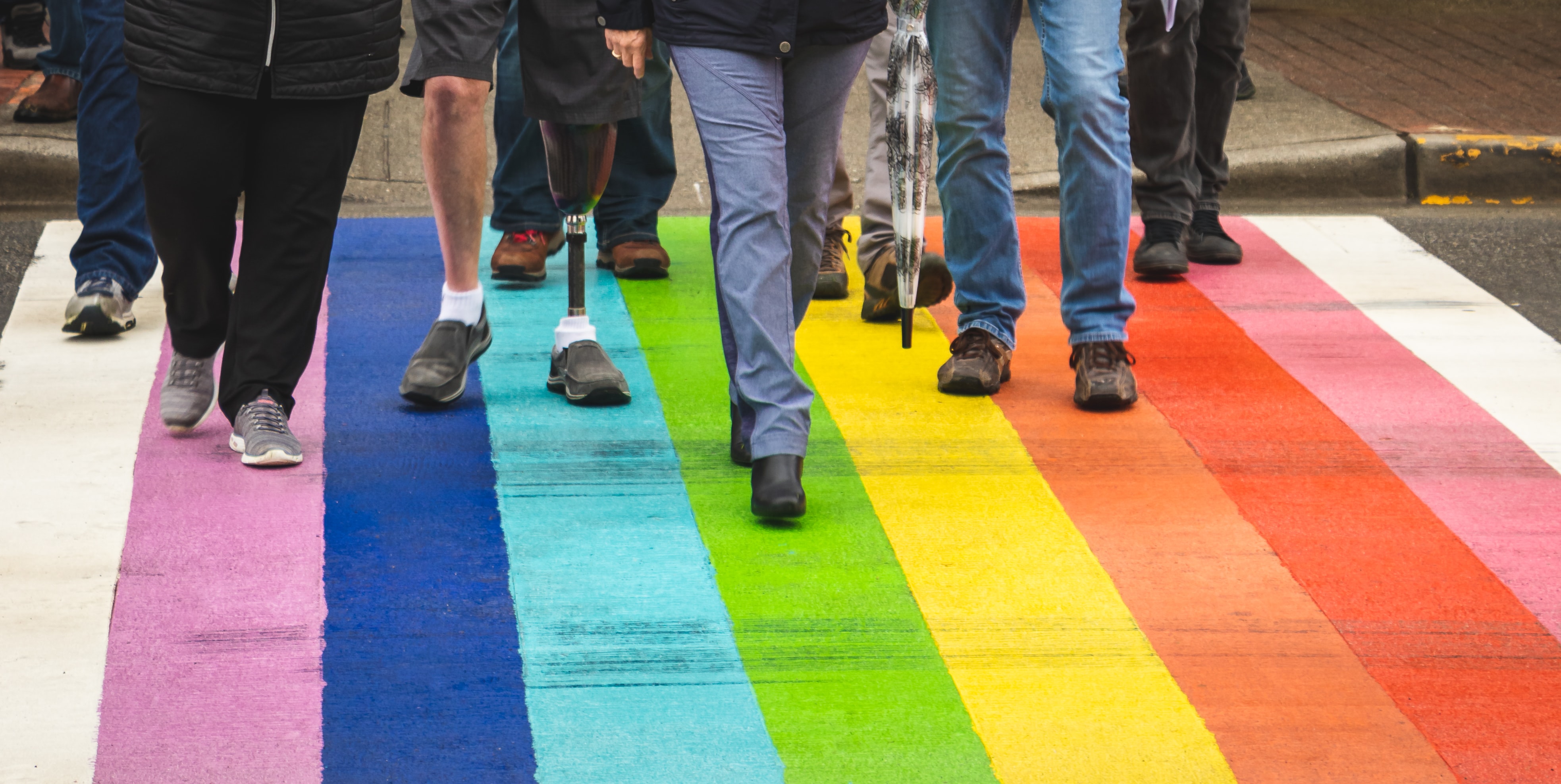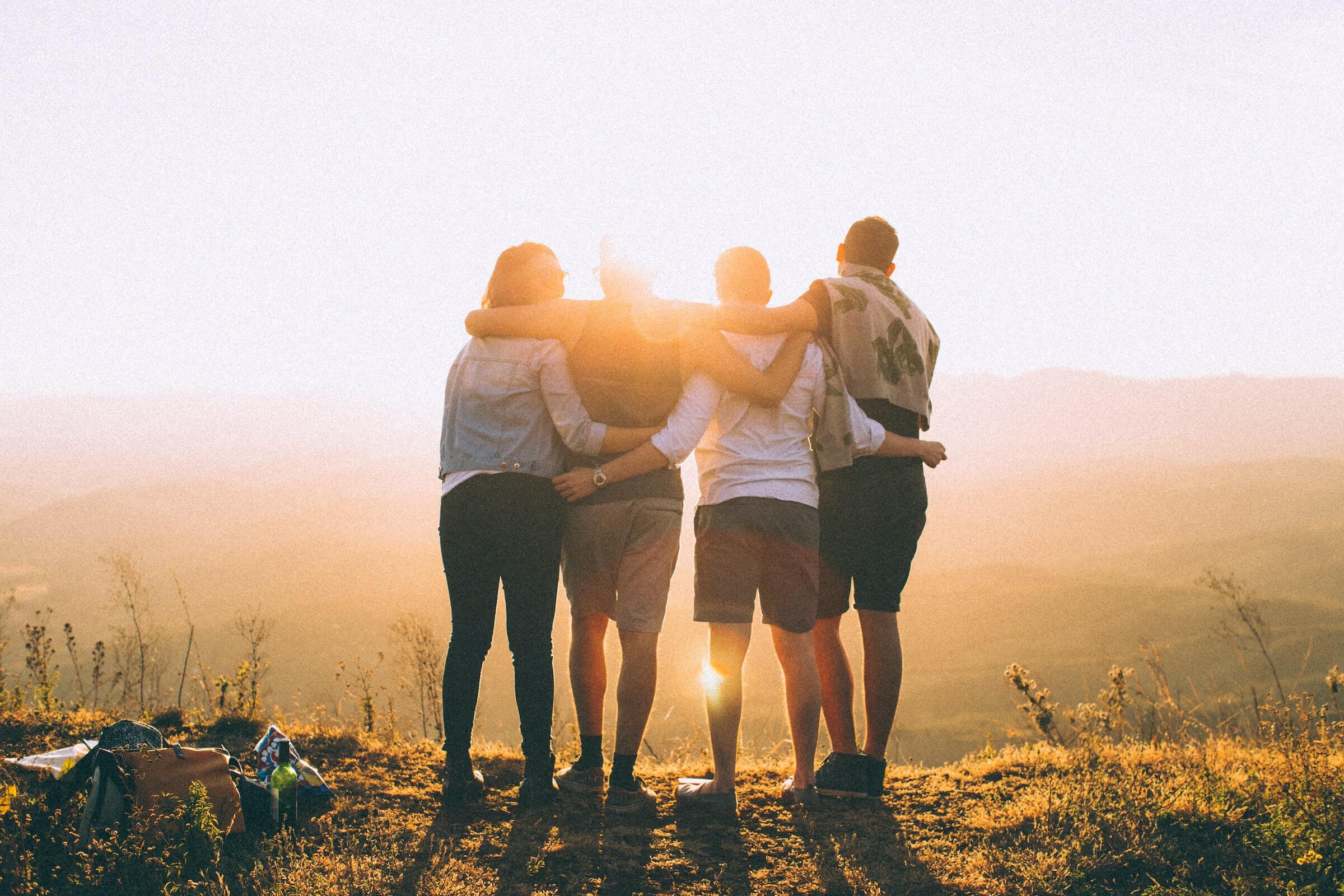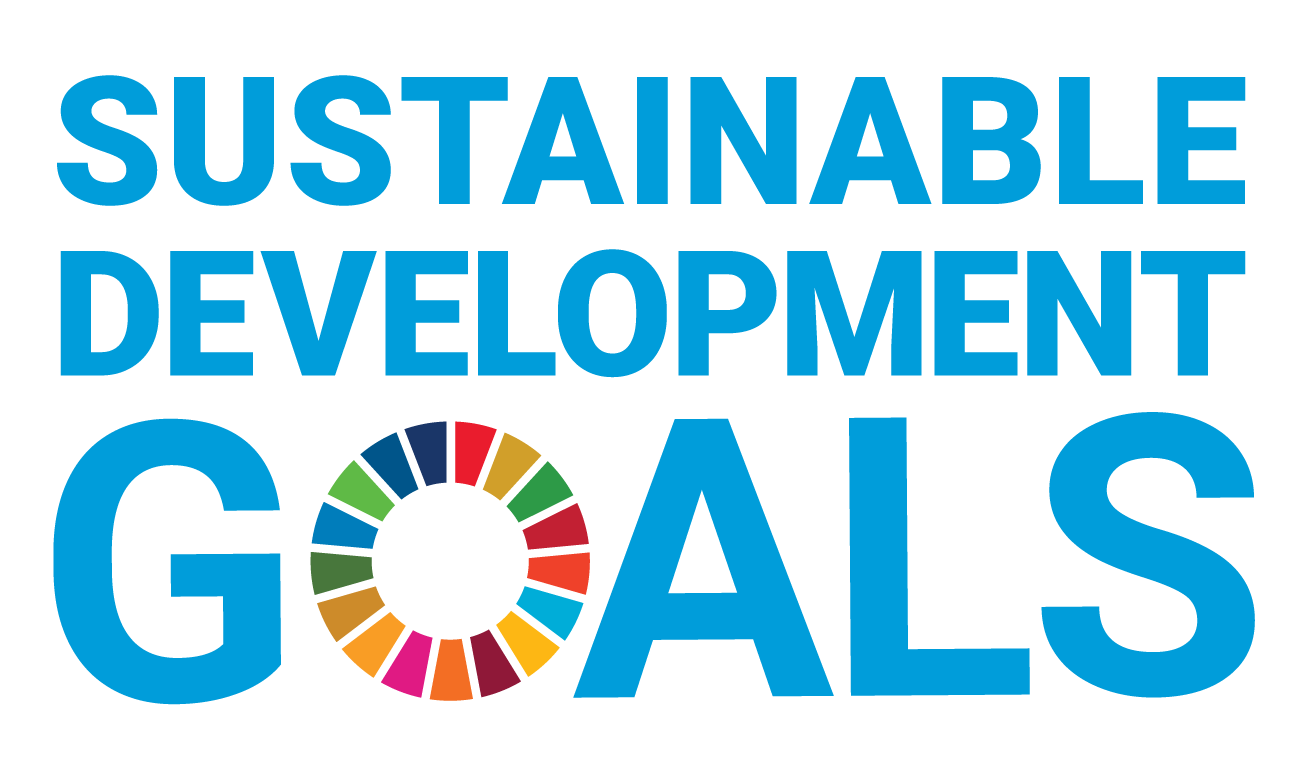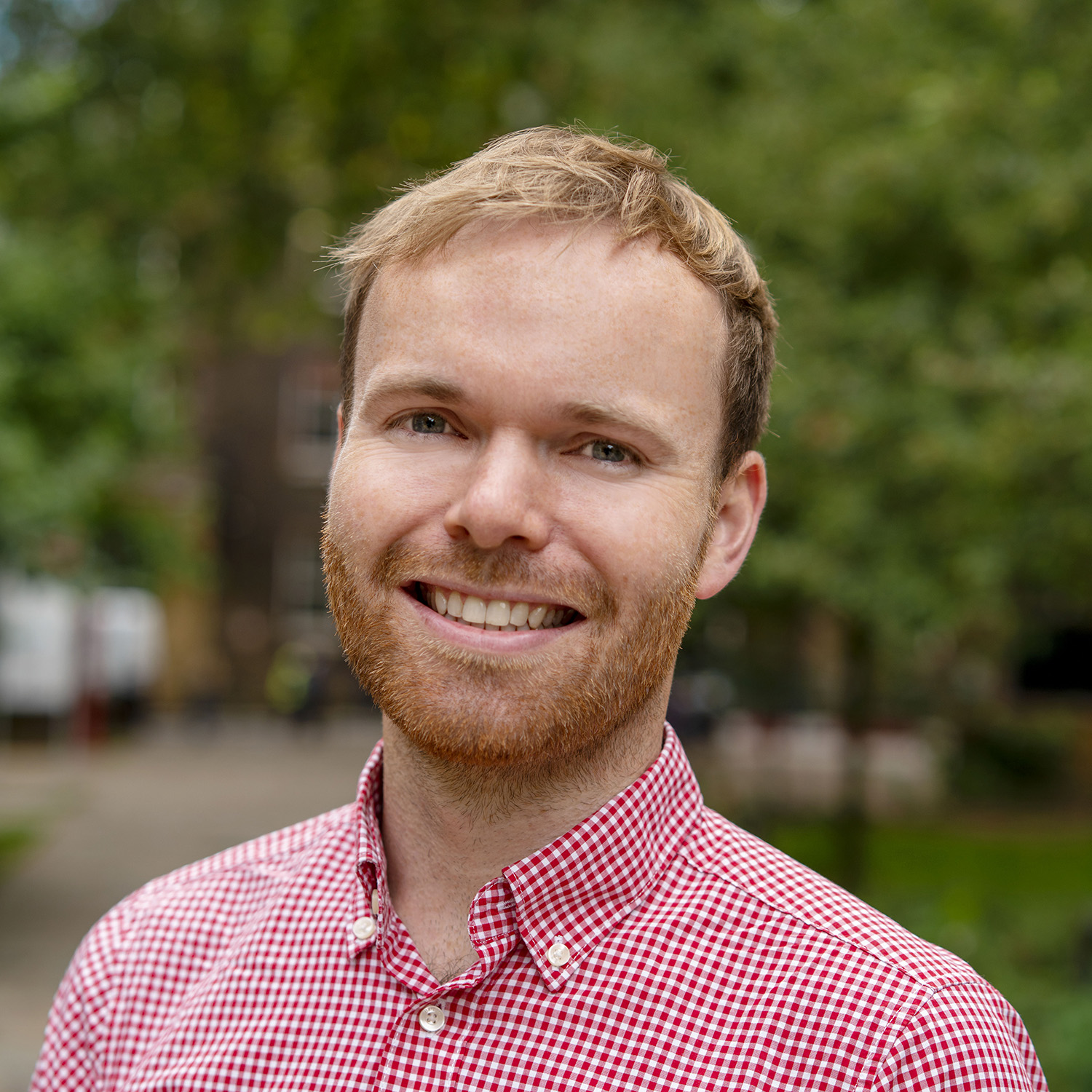You can search for courses, events, people, and anything else.
Despite facing difficulties during lockdown, young lesbian, gay, bisexual, trans, queer, intersex, and asexual, (LGBTQIA+) people found solace and comfort from social media and online communities.
Loneliness, isolation, and uncertainty are familiar feelings to all who lived through the COVID-19 lockdowns of 2020 and 2021. As everyday activities came to a halt and people were told to stay home, many feared that loss of social contact would seriously affect wellbeing. Mental health professionals were particularly concerned that young LGBTQIA+ people would be trapped in queerphobic households, and at greater risk of physical or psychological violence. But a recent report from Western Sydney University suggests that, thanks to social media, the queer community continued to thrive.
Benjamin Hanckel and Shiva Chandra, sociologists at Western’s Institute for Culture and Society and Young and Resilient Research Centre, combined their experience to conduct one of the largest qualitative studies of social media use by sexuality and gender diverse young people. Before his PhD, Hanckel was working in the youth sector and observed how young people used technology and social media to improve their wellbeing. “I began looking into how young people use online forums to make sense of gender issues and diversity,” he says. “I grew up in a regional Australian community while trying to make sense of my own sexuality, so I know what it’s like when you can’t talk openly about these things.” As social media use soared, he started studying its broader role in LGBTQIA+ health and wellbeing, and the pandemic presented the opportunity to investigate how lockdowns affected the use of such platforms. “I also wanted to check how the community was faring during these challenging times,” Hanckel adds, “and find out how people were navigating online spaces and using them to talk about gender and sexuality.”
Need to know
- Western researchers conducted one of the largest qualitative studies of social media use by LGBTQIA+ young people.
- Young people used social media platforms to explore their identities during lockdown.
- They shared their findings with Meta to ensure that the needs of LGBTQIA+ young people are considered in platform design.
Chandra approached the study with a deep interest in how people construct identities and build relationships. “I’m curious about how people construct their identities, how they come to understand who they are, and how they relate to the important people in their lives,” he says. “This project was an opportunity to extend my work and see how social media can make things better for LGBTQIA+ people.”
In December 2020, Hanckel and Chandra recruited 16 to 30 year olds through ads on Facebook and Instagram. More than 1,100 young LGBTQIA+ people applied, and the researchers painstakingly narrowed them down to 65 participants that captured a range of sexualities, genders, and ethnicities. “It was great that so many people wanted to share their experiences,” says Hanckel, “but limited time and resources meant we could not speak with all those who expressed an interest. Despite this, our study allowed us to explore the ways these young people were engaging with social media during the pandemic, revealing similar trends across the board and showed how young voices can, and must, be brought into discussions.”
Through interviews and focus groups, Hanckel and Chandra learned about each participant’s lockdown experience and the role of social media in it. “We spoke about their family relationships and whether they were ‘out’ or not at home, and found that queer people may curate their social media use in consideration of their families,” says Chandra. “There is still a lot of stigma in some households, and some people are scared of accidentally ‘outing’ themselves online.” A few participants had to conduct their phone interviews away from home to avoid being overheard. Despite these added difficulties, young people often showed concern for their families. “Some people are not open about their gender or sexuality on social media because of the potential impact it could have on their parents,” adds Chandra.
Research has revealed that restrictions particularly affected mental health amongst young queer people. “As feared, some people were stuck in transphobic spaces,” says Hanckel, “with the added stress of having to behave in a certain way”.
Stuck at Home, Free to Roam
Despite the concerns for LGBTQIA+ people during lockdown, the report revealed that in many cases, queerness flourished. Lockdowns gave young people time and space to reflect on their sexuality and gender, and social media platforms such as Facebook, Instagram, YouTube and TikTok gave them a place to explore their identity, find similar people, and make sense of living with a diverse gender and/or sexuality. As one participant said “Lockdown was when I started to question my gender, so social media — especially messaging platforms — really helped me to figure out my identity.”
“It became clear that people were navigating the features of social media sites, curating their profiles, friendships, and visibility, to meet their needs,” says Hanckel. For some, this meant creating multiple profiles and identities in order to remain anonymous.
By engaging with the broader LGBTQIA+ community online, young people could create spaces where they felt comfortable and safe. This included finding content that resonated with their queerness, but also with their interests, such as baking and gaming, and the realms often overlapped. For queer people in rural communities, the internet is often the only place to connect with people similar to them. Lockdown provided an extended opportunity for young LGBTQIA+ people to be online and explore identity and find similar others.
But the study also shed light on where social media falls short for the LGBTQIA+ community. Queer people continue to encounter hate speech online, reporting discriminatory content and comments across platforms, sometimes even within queer spaces themselves. Queer content was sometimes unexpectedly removed according to ‘guidelines’ that were unclear. Many participants also noted a distinct lack of diversity in terms of race, ethnicity, image, ability and neurodiversity within LGBTQIA+ spaces. “Diverse representation is really important,” Chandra says. “Just seeing someone like you can be validating and make your identity feel more real.” Yet, certain voices even within the queer community are often marginalised. “Asexual and intersex people seem to get left out, despite LGBTQIA+ supposedly being an inclusive term,” Chandra adds.
Community Action Call
In light of their experiences, participants felt that social media platforms must take a stance through better moderation of harmful content and more diverse representations of LGBTQIA+ people. The most resounding message was the need for education rather than censorship when dealing with prejudice and discrimination. Some young queer people are playing their part by sharing information about sexuality and gender diversity in online discussions and seeking to educate others.
“Getting more people engaged in the conversation is a really wonderful way to move forward,” says Chandra, “and social media platforms should try to educate those who are unfamiliar with queerness.” One idea from the report was pop-up notifications when certain words are used, explaining why they are problematic and hurtful. Participants also called for social media platforms to be more sensitive to the fluidity of LGBTQIA+ identities by, for instance, providing inclusive, adaptable profile options.
“Findings have been shared with the Meta (Facebook and Instagram) development team to ensure that sexuality and gender diverse people’s practices and needs are considered in platform design,” says Hanckel. “We are elevating young people’s voices by bringing their lived experiences into discussions where they might have previously been invisible,” he says.
“Our findings really challenged the doom and gloom narrative around lockdown,” says Chandra. “The pandemic showed that people can experience positive development even when the world is in crisis, and online spaces help make that possible.”
Meet the Academic | Dr Benjamin Hanckel
Dr Benjamin Hanckel is a Vice Chancellor’s Senior Research Fellow at the Institute for Culture and Society and the Young and Resilient Research Centre at Western Sydney University. Benjamin’s work examines health and wellbeing, social inequalities in health, and social change. His research has explored the role of digital technologies in the lives of young people, and its impact on their wellbeing. He has also worked on projects examining health and wellbeing interventions and the evaluation of these initiatives. He has led research projects across Australia, East and South-East Asia, as well as the United Kingdom.
Meet the Academic | Dr Shiva Chandra
Dr Shiva Chandra (he/him) is a research officer at the Young and Resilient Research Centre, at the Institute for Culture and Society, Western Sydney University. He uses creative and innovative methods to investigate subjectivity and how individuals relate to their social worlds. His work explores personal life, sexuality, gender, race and decolonisation. Shiva is interested in understanding how scholarship can sit at the intersection of academia and community development, with the aim of improving people’s lives. His work also involves research on the experiences of children and young people, and how we can enhance their wellbeing.
Credit
Future-Makers is published for Western Sydney University by Nature Research Custom Media, part of Springer Nature.
© Alexander Grey/Unsplash
© firmbee.com/Unsplash
© Alvaro Medina Jurado/Moment/Getty
© Greg Rosenke/Unsplash
© Mera Kist/Unsplash


